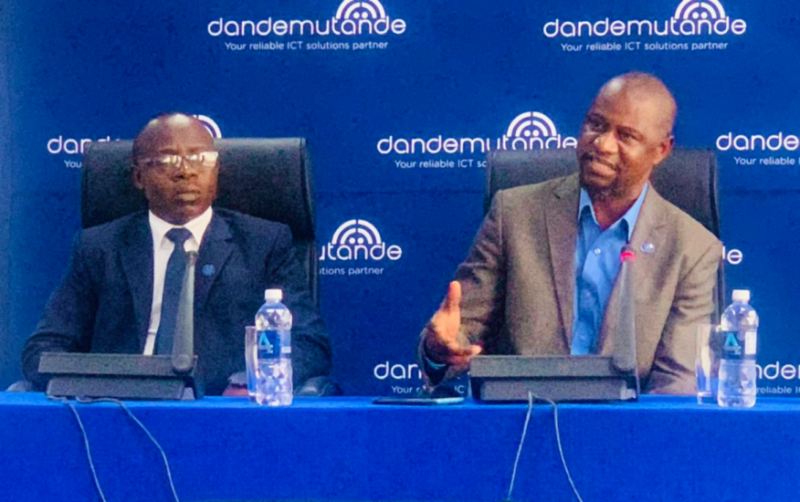We recently talked about Dandemutande’s $8 million investment into a fibre optic network. We noted that it was supposed to be completed by the end of February 2024 and it appears they met their deadline.
Dandemutande and Fibre Connections officially launched the fibre optic project at an event held in Somabhula.
Here is a reminder of the details of that project. Dandemutande co-built a fibre network of 717km from Beitbridge to Harare and an additional 144km of optic fibre between Somabhula and Bulawayo for an investment of $5 million.
Here are a few other details we didn’t know
They invested a further $1.5 million in active equipment and a solar backup solution that ensures sustainable redundancy.
Dandemutande owns 48 of the 96 cores on the route, and therefore a 50% stake in the infrastructure. When it comes to bandwidth, 100Gbps of capacity is currently lit but it is scalable to 400Gbps.
This needs breaking down. It simply means they currently have a connection with a capacity of 100 Gigabits per second (Gbps). This is the amount of data that can be transmitted through the connection in one second.
However, the infrastructure is designed to handle an increase in bandwidth up to 400Gbps should the need arise.
To simplify it even further, here’s a popular analogy to explain bandwidth: Imagine a highway with multiple lanes. The “100Gbps currently lit” refers to the number of lanes currently open for traffic flow.
“Scalable to 400Gbps” means the highway can be expanded to accommodate more lanes (increased bandwidth) if necessary.
I think this analogy works really well in Zimbabwe because in recent years we have seen highways and roads expanded to accommodate new lanes. Some of these expansion projects ran into the problem of houses that had been built too close to the road, which meant the need to destroy houses to expand the roads. They were not scalable.
What 100Gbps means for Dandemutande
They say this capacity will enable them to provide carrier-grade backhaul services from South Africa to Zimbabwe.
This simply means Dandemutande can provide the backbone for other companies to offer internet services in Zimbabwe.
Backhaul refers to the high-capacity connections that carry data traffic between networks, often over long distances like SA to Zim in this case.
“Carrier-grade” means that these services are presumably reliable, secure, and meet the demanding requirements of mobile network operators (MNOs) and other internet service providers (ISPs).
In addition to the fibre backbone laid, Dandemutande plans to invest an additional US$3 million in metro fibre to connect Beitbridge, Bulawayo, Gweru, Kwekwe, and Harare which will increase its national footprint, bringing greater convenience, increased bandwidth, and lower costs to the customer.
Dandemutande CEO, Never Ncube says,
This project enables us to extend our services to the towns and cities along the backhaul fibre route, where we previously had no presence, and aligns with our national expansion program, empowering the communities we serve.
Some of you are wary on behalf of Dande
Most, if not all of us welcome this investment. However, some fear that the future might be in satellite internet and sinking $8m in terrestrial networks does not make the most sense at the moment.
I understand the sentiment and agree that there are merits to it. However, I think there is time to recoup that investment (especially if current pricing regimes stand) before the satellites take over.
While the satellites won’t replace the likes of Econet for a while, it can be argued that fixed internet providers are most at risk because their clients can afford Starlink kits and would switch. However, Dande can and will provide service to other internet service providers better than Starlink could. That’s business somewhat safe from the satellites.
Anyway, do let us know what you think about all this.-techzim

